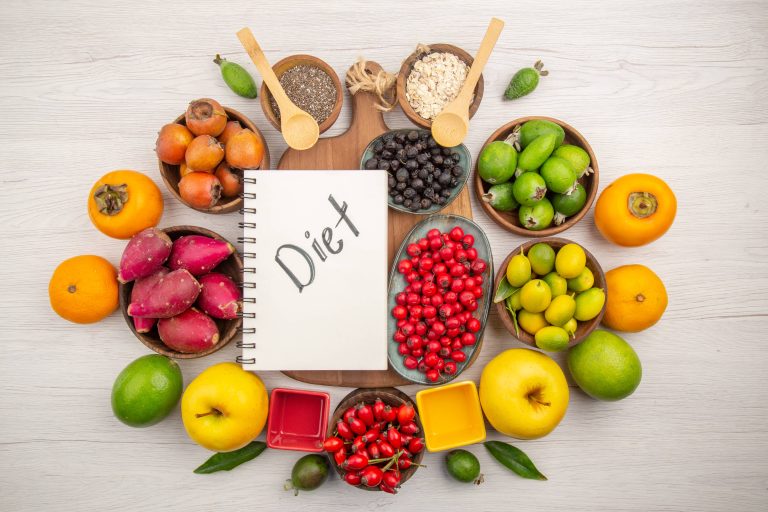
In the hustle and bustle of modern life, prioritizing health often falls by the wayside as we get caught up in the chaos of daily responsibilities. However, one efficient solution to maintaining a balanced diet amidst a busy schedule lies in the art of batch cooking. This method not only saves you time and reduces stress but also ensures that you have access to nutritious meals every day. In this comprehensive guide, we will delve into the benefits, strategies, and essential tips for mastering the art of batch cooking.
What is Batch Cooking?
Batch cooking, also known as meal prep or bulk cooking, involves preparing larger quantities of food at one time, typically during the weekend, which can then be stored and consumed over the week. This approach allows you to have healthy meals ready to eat at a moment’s notice, reducing the temptation to indulge in less healthy convenience foods.
Benefits of Batch Cooking
1. Time-Saving: With batch cooking, you invest a few hours once a week to prevent daily cooking, ultimately freeing up precious time on weekdays.
2. Cost-Effective: Buying ingredients in bulk and avoiding the constant allure of takeout can significantly reduce your grocery bill and dining expenses.
3. Reduced Food Waste: Planning your meals ahead means you only buy what you need, cutting down on food waste.
4. Consistent Nutrition: Having pre-prepared, healthy meals ensures you maintain a balanced diet effortlessly.
5. Stress Reduction: Knowing what you’re going to eat removes the daily stress of deciding what to cook, especially after a long day.
Getting Started with Batch Cooking
1. Plan Your Meals
Begin by planning a week’s worth of meals. Consider potential breakfast, lunch, and dinner recipes. Focus on incorporating a variety of nutritious foods in your plan, ensuring it’s balanced with crucial nutrients such as proteins, carbohydrates, healthy fats, vitamins, and minerals. Resources like health-focused cookbooks or recipe blogs can provide inspiration and guidance.
2. Create a Shopping List
Once your meal plan is established, compile a shopping list. This list should include all the ingredients required for your meals, factoring in bulk purchases for items like grains and proteins. Having a structured list can help you avoid impulse buys at the grocery store, ensuring you stick to healthier options.
3. Designate Cooking Time
Choose a day for your cooking—typically, the weekend works best. Allocate a specific time frame, such as a few hours, to focus solely on meal prep. This commitment ensures that you won’t be distracted, allowing you to efficiently prepare multiple meals.
Essential Tips for Successful Batch Cooking
Start Simple
If you’re new to batch cooking, begin with simple recipes. Dishes like soups, salads, pastas, and stir-fries are not only easy to prepare but also store and reheat well. As you become more familiar with the process, you can experiment with more complex recipes.
Use Efficient Storage Solutions
Invest in high-quality, reusable containers that are microwave and freezer safe. Glass or BPA-free plastic options are excellent for storing your meals. Labeling each container with the meal name and preparation date can help you keep track of what needs to be consumed first.
Embrace Versatility
Prepare staple ingredients that can be mixed and matched throughout the week. For instance, roast a large batch of vegetables or cook a neutral-flavored grain like quinoa or brown rice. These items can be added to salads, used as side dishes, or incorporated into larger meals, offering variety without extra effort.
Prioritize Batch-Friendly Foods
Certain foods lend themselves to batch cooking better than others. Beans, lentils, grains, lean meats, and seasonal vegetables are all great for preparing in large quantities and are nutritionally robust. Consider these ingredients when selecting recipes.
Batch Cooking for Balanced Nutrition
Here’s a simple example meal plan to illustrate how easy and comprehensive batch cooking can be:
– Breakfast: Overnight oats with flax seeds, nuts, and berries. These can be prepared in jars, so they’re ready to grab-and-go.
– Lunch: A quinoa salad with chickpeas, roasted vegetables, and a lemon-tahini dressing. This meal is high in protein and fiber, keeping you satiated and energized.
– Dinner: Baked salmon with sweet potatoes and steamed broccoli. This provides a substantial serving of omega-3s and essential vitamins.
– Snacks: Pre-portioned nuts, sliced fruits, or homemade energy balls made from dates and nuts.
Sustainability and Batch Cooking
Batch cooking is not only beneficial for your health and schedule but also for the environment. By reducing food waste and cutting down on frequent store visits, you contribute to a more sustainable lifestyle. Opt for locally sourced and seasonal produce to enhance this benefit.
Conclusion
Incorporating batch cooking into your lifestyle can be a game-changer for both your diet and overall well-being. The initial investment of time is minimal compared to the long-term benefits of having healthy, balanced meals at your fingertips daily. As you embark on your batch cooking journey, remember to enjoy the process, experiment with flavors and ingredients, and most importantly, appreciate the newfound ease it brings to your life. With a little practice and planning, batch cooking can transform the way you approach meals, paving the way for a healthier and more organized lifestyle.










